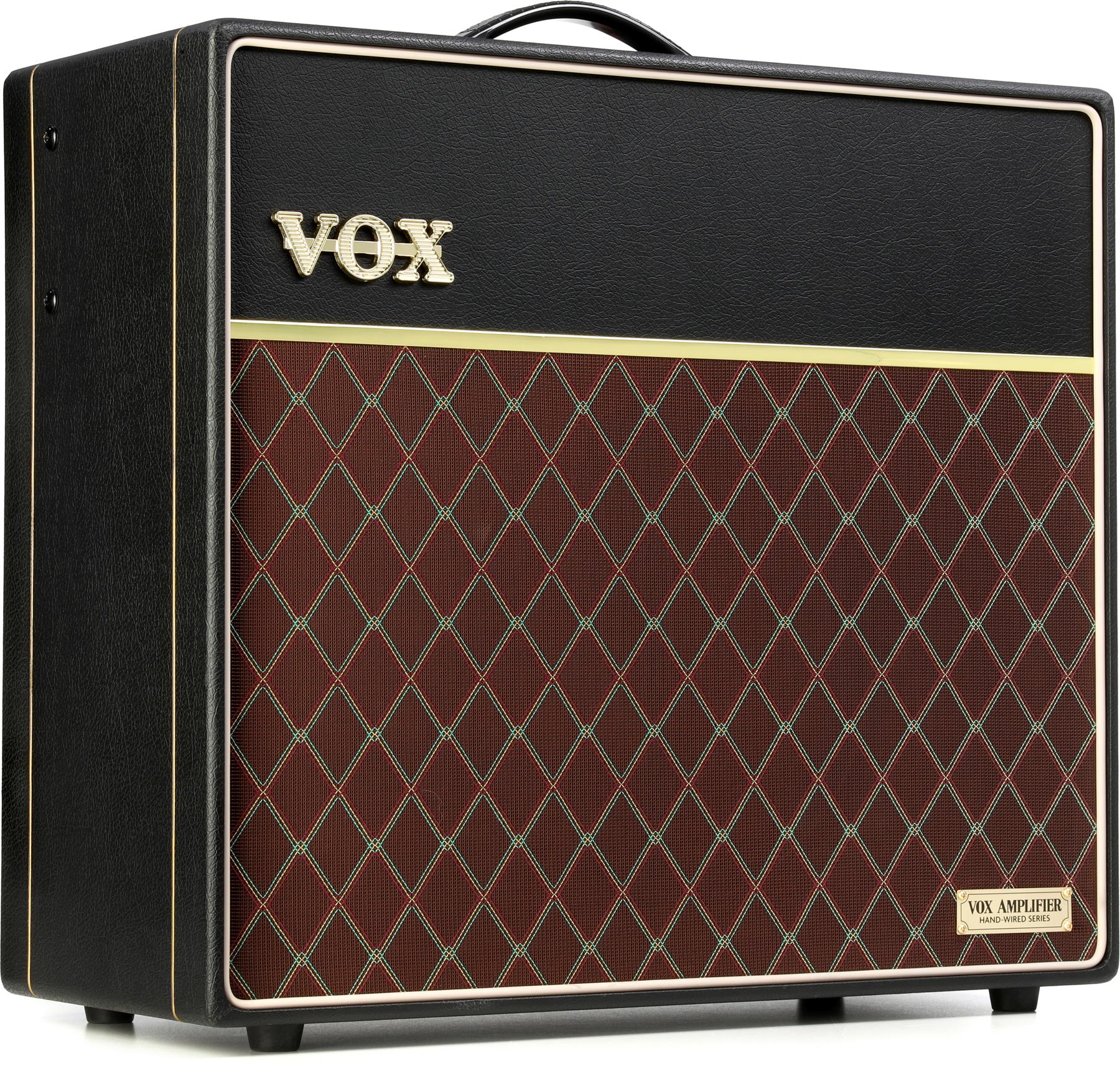Mesa Boogie's CabClone IR+ is a major upgrade on the company's original CabClone (which I reviewed here in 2016). The original was a load box and attenuator with an old-school speaker emulation, which was actually a speaker-like EQ curve rather than a set of impulse responses. The CabClone IR+ is available in 4-ohm, 8-ohm, and 16-ohm models.
(Mesa also offers the $599 CabClone IR, minus the plus sign. It's a load box/IR speaker emulator similar to its pricier sibling, but it omits speaker attenuation. If you seek a device primarily for direct recording or gigging, but don't need to lower the volume of your amp, you can save $200 with the non-plus version.)
The CabClone IR+ is a hefty chunk of hardware measuring approximately 7.5"x 6.5" x 4". It's as rugged and road-ready as most Mesa gear, and it sports the company's signature industrial vibe. Yup, it would look pretty sharp perched next to a Mesa head and cab.
… and Nothing but the Boogie
In fact, CabClone IR+ is specifically targeted toward Mesa amp users. The included IR library is not a grab bag of popular cabs from multiple manufacturers, but a collection of eight Mesa cabs impulses: two 4x12s, two 2x12s, and three 1x12s. The four Recto IRs, the two Lone Star cabs, and the 1x12 Thiele cabs feature Celestion speakers. The 1x12 California Tweed cab has a Fender-favored Jensen.
The CabClone IR+ stores a generous 16 IRs onboard in two banks of eight. As shipped, Bank A includes the eight cabs captured through dynamic and ribbon mics, while Bank B features the same cabs recorded via condenser and ribbon mics. Meanwhile, you can load third-party impulse responses to expand the IR gene pool
The attenuation function is uncommonly versatile. While some products merely toggle between preset attenuation levels, here there are four levels and a -16 dB trim pot. That means you can dial in precise speaker levels ranging from full volume to silence.
With the presence control set at noon (as heard in demo Clips 3 and 4), tones are bright and stringy, with more high-end content than you typically get from a miked speaker. Lowering the presence knob softens that edge for a more naturalistic sound, but that extra treble is always there if you need it. It could be especially useful with ultra-high-gain tones, which can lose treble impact.
Hold the Bells and Whistles
The CabClone IR+ excels at its core tasks. You can master its streamlined controls in minutes. But the flipside of that simplicity is a lack of extended features. There is no editing software other than a minimal IR loader. (Your computer "sees" the connected device as a hard drive. Just drag the desired IRs into the single-level directory that appears on your desktop). You can't, for example, alter the relative mic levels of the dual-mic IRs, shift virtual mic positions, or add effects. But the CabClone IR+ offers full MIDI functionality via full-sized MIDI I/O ports.
The Verdict
With its focus on Mesa cabinet sounds, the CabClone IR+ is an obvious choice for players who pledge allegiance to the brand. (Mesa has been integrating CabClone into its recent amp models—a darn good idea.) It's dead simple to use, but it offers minimal editing features. You may not want or need those features, but consider your likely use scenarios before buying.



















